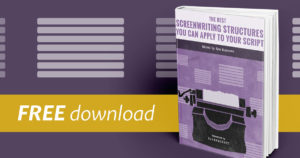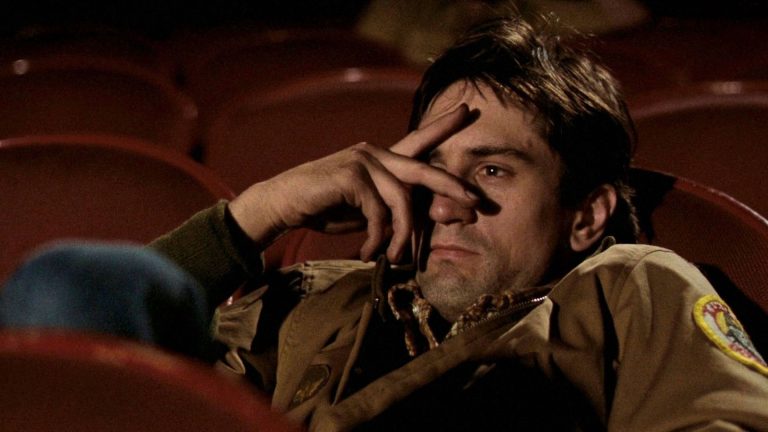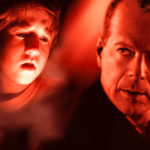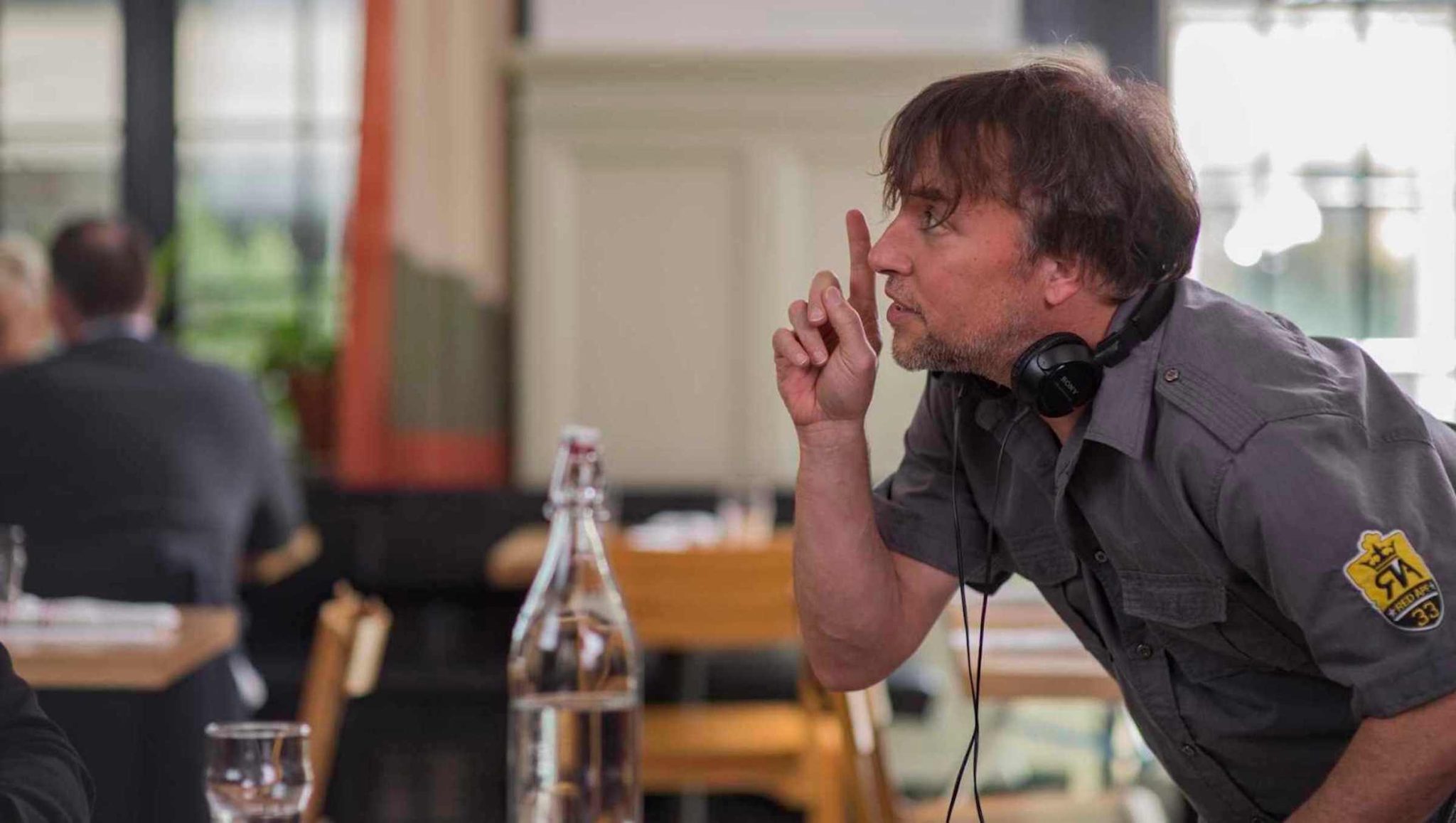The Single Most Effective Screenwriting Method for Screenwriters

What is the most effective screenwriting method that all screenwriters should learn to implement in their writing process?
KISS - Keep It Simple, Screenwriters
The KISS Method is by far the most effective and prolific screenwriting method that screenwriters can use to enhance their screenplays. It allows you to create the best possible reading experience for any agent, manager, producer, development executive, contest judge, director, or major talent.
And beyond the experience of the read, the KISS Method also creates the best cinematic experience for the audience.
The Myth that Complexity Equals Better Quality
Complex words, sentences, storylines, plots, and character arcs are not enhanced by complexity. The truth is those overly complicated elements within your screenplays actually hinder the read, the story, and the characters.
Keeping Story and Characters Simple
When it comes to story and character, the best of both within cinema and television are those that keep it simple. This doesn't mean that your stories and characters are one-dimensional. It means that you're offering the audience the most accessible portal into the world, scenario, and characters you've created.
Look no further than The Matrix Trilogy as an example.
The first — and most acclaimed — installment was quite simple. The protagonist learned that the world as he knew it was a simulation. A group of real-world rebels awakens his true self to a world where humans are used as energy to power an artificial intelligence society of machine beings.
The sequels added so many additional mythos and levels of character consciousness that the story and concept became overly saturated with overwritten plots and character arcs.
Another example can be found within the Star Wars franchise.
The original trilogy was simple. Good versus Evil. The Empire wanted to rule the galaxy, and The Rebellion wished to free the galaxy from the Empire's tight grasp.
The Force was a mystical energy that bound everything and everyone together — and some could harness that energy through various powers.
By the time the prequels arrived, politics were introduced to the story, including counsels, senators, dictators, and trade federations.
The Force was given a somewhat complicated scientific explanation with the introduction of the midichlorians and the various levels of which dictate a Jedi's power.
These added elements over-saturated what was originally a simple combination of story elements and character arcs.
Within the span of a single film, you have two hours to introduce your story and characters, thrust them into the central conflict of the film's concept, and get them through that conflict where they prevail or fail, depending on the type of story you are telling. The more complicated you make things, the more difficult it will be for an audience to grasp your story and characters and walk away with the feeling of having gone through a cathartic experience.
Read ScreenCraft's The Single Most Important Element of a Successful Screenplay!
Keeping the Read of the Script Simple
When it comes to the read of the script, you, the writer, don't come off as more intelligent by using more significant words and more dynamic sentences of scene descriptions. It complicates the read of the story.
Your sole goal is to communicate what the reader should be envisioning effectively. And you need to do so as quickly as possible so that they can envision those elements as if they are visuals being watched on a screen within their mind's eye.
Overly complicated word choices, terminology, and drawn-out scene description sentences can make the read come to a screeching halt.
Instead of writing utilize, write use. Near is a far better word choice than close proximity. Expeditious is a bit much compared to fast or quick.
Simple words communicate visuals so much faster than their fancier equivalents.
If you need to use longer words to be more specific in your description, go for it. But only when completely necessary.
With scene description sentences, you should keep them short for the sole purpose of them being easier to read and understand. When sentences are easier to read and understand, the reader can visualize them that much faster.
Each sentence of scene description should convey one simple visual. Anything more than that creates complexity and invites confusion or the halt of the read.
As you’re writing, you need to interpret each block of scene description as a visual that you are throwing at them:
This is what I want you to see.
Now you see this.
Now this happens.
When you have long paragraphs of scene description sentences, the reader’s visual interpretation is drastically slowed down. And when those long paragraphs are compounded by complex sentences that use overly complex words and descriptions, the read is even more difficult.
And sometimes screenwriters aren't trying to be complex. Sometimes they're going for style by using overly poetic and overly descriptive sentences.
Here's an example:

The writer is showcasing some stylistic choices. Those scene description sentences aren't that bad for a screenplay, but when you're employing the KISS Method, you want to do all that you can simplify the read.
Here's a rewritten example:

This rewritten version uses simplified versions of the most essential elements of the scene description. And as you can see, single words and fragments are very welcome within your screenplay's description.
The first version of this example is more suited for a novel, especially if you plan to write all of your scene descriptions with that stylistic overlay.
Keep. It. Simple.
Learn the best way to structure your screenplay with this free guide.
Avoid Fluff Words and Adverbs
Mark Twain once said, "Substitute damn every time you’re inclined to write very; your editor will delete it, and the writing will be just as it should be."
Fluff words like very, little, and rather don't add anything to your scene description — or your dialogue.
Stephen King wrote, "The adverb is not your friend. Consider the sentence 'He closed the door firmly.' It’s by no means a terrible sentence, but ask yourself if ‘firmly’ really has to be there. What about context? What about all the enlightening (not to say emotionally moving) prose which came before ‘He closed the door firmly’? Shouldn’t this tell us how he closed the door? And if the foregoing prose does tell us, then isn’t ‘firmly’ an extra word? Isn’t it redundant?"
Speaking of redundancy...
Avoid Redundancy
Get one point across well a single time, as opposed to hitting the reader on the head over and over throughout the script. When you repeat yourself and continue to oversell a point, emotion, or joke continually, that will have the reverse effect of diluting what was great about it in the first place.
If your character has a handicap, don't stop the motion of the story by continually reminding us of their struggle with it. If you sell it well during the first mention of it, it will be in our heads every time they come across a hurdle that they are forced to overcome.
And this applies to the conflict that you throw at your characters as well. Your conflict has to be constantly evolving as the story moves forward.
In an action script, there's nothing more boring than continued gunfights. You have to escalate the conflicts that your characters are going up against every time an action or suspense sequence is needed.
If the bad guys find the good guys and a gunfight ensues, the next time they meet you need to conjure an evolved version of that conflict. Maybe your character runs out of ammo and must now take creative measures to evade the attackers? Perhaps the next gunfight takes place in moving cars? Perhaps the action sequence after that takes the gunfight to hand-to-hand combat, which offers a more visceral cinematic experience for the audience.
Embrace the Less Is More Mantra for Dialogue
The Less Is More Mantra applies to the whole script.
Read ScreenCraft's Why Every Screenwriter Should Embrace “Less Is More”!
But since we've covered scene description already, we should focus on the importance of paring down dialogue as well.
If you're trying to pepper your script with great dialogue, the best practice is less about injecting those great one-liners and speeches and more about cutting and cutting and cutting every line of dialogue that you can until you find that great one-liner, fragment, or phrase hiding amidst the noise — that diamond in the rough that encapsulates the moment at the core.
Don't oversell the point you or the character are trying to make by adding dialogue line after dialogue line. Find the core of what your character is trying to say.
In As Good As It Gets, Melvin struggles to communicate how he feels about Carol. He starts to ramble on and on about the various idiosyncrasies of how she has affected his life. But in the end, he says just one single line.
Always Be Editing
Keeping it simple is not about keeping things simple for you, the writer. It's about keeping things simple for the script reader and the audience.
You should always be editing — whether it's paring down scene description, editing out complex words and inserting more simple options, eliminating unnecessary fluff words and adverbs, cutting dialogue lines down to get to the core of what you and the character are trying to say, or shortening scenes to enhance the pacing of the script.
Keep It Simple Screenwriters.
It's the best screenwriting method that you can employ because it allows you to connect to the reader and the audience in the best, and most simple, of ways.
Ken Miyamoto has worked in the film industry for nearly two decades, most notably as a studio liaison for Sony Studios and then as a script reader and story analyst for Sony Pictures.
He has many studio meetings under his belt as a produced screenwriter, meeting with the likes of Sony, Dreamworks, Universal, Disney, Warner Brothers, as well as many production and management companies. He has had a previous development deal with Lionsgate, as well as multiple writing assignments, including the produced miniseries Blackout, starring Anne Heche, Sean Patrick Flanery, Billy Zane, James Brolin, Haylie Duff, Brian Bloom, Eric La Salle, and Bruce Boxleitner. Follow Ken on Twitter @KenMovies
For all the latest ScreenCraft news and updates, follow us on Twitter, Facebook, and Instagram.
Tags
Get Our Screenwriting Newsletter!
Get weekly writing inspiration delivered to your inbox - including industry news, popular articles, and more!



























